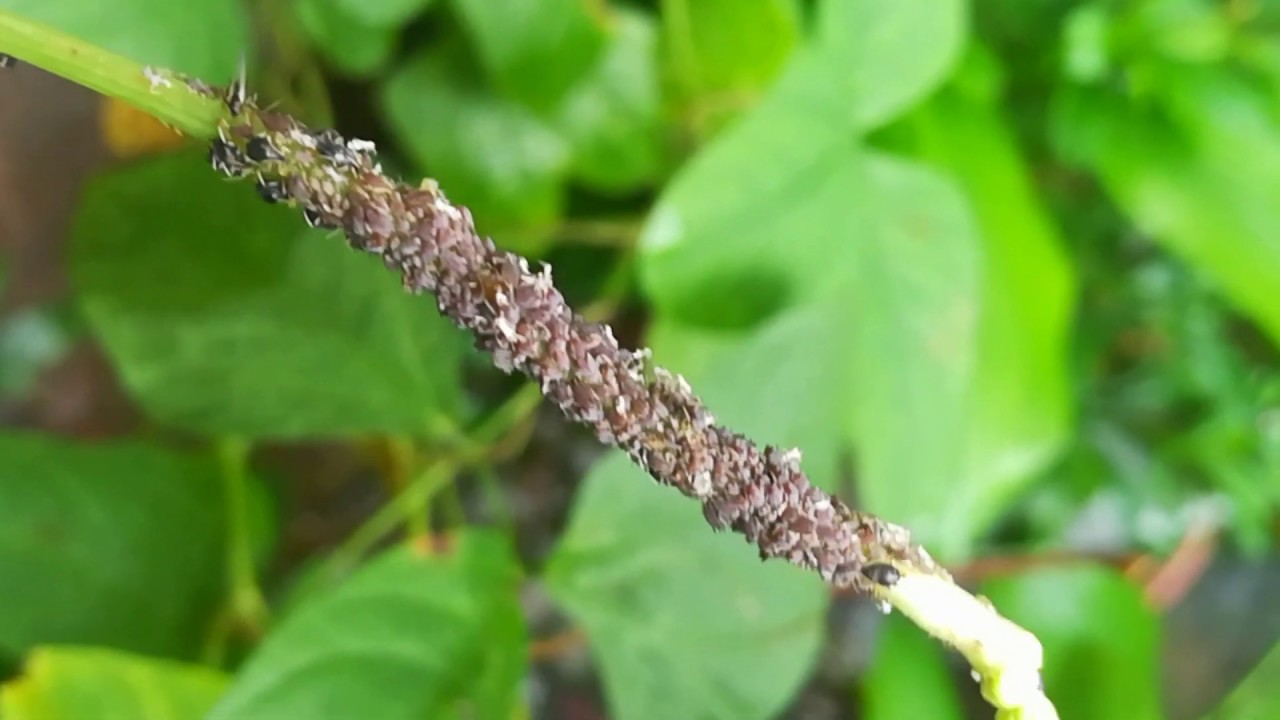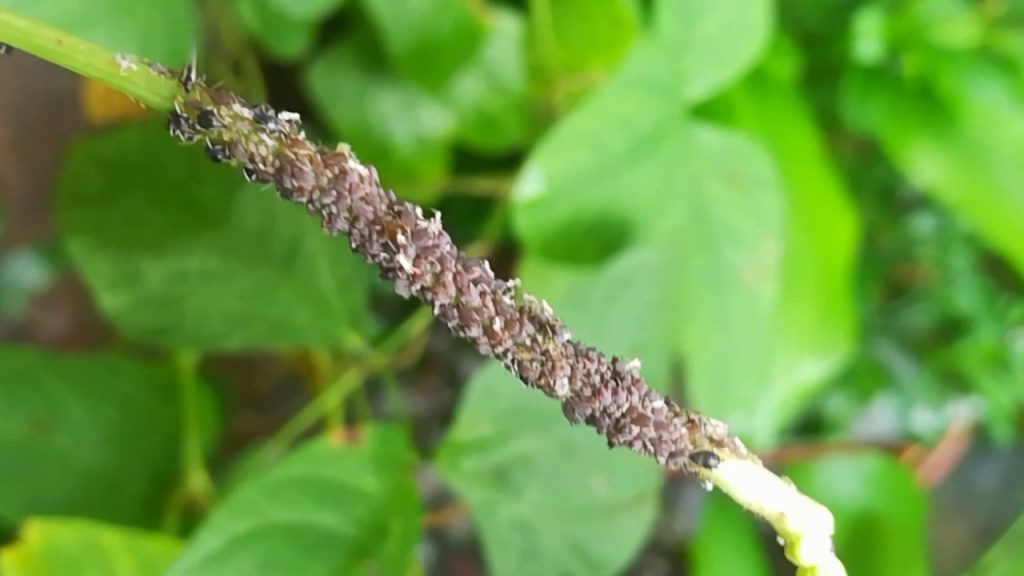
ചെടികളിലെ മുഞ്ഞ ശല്യം എങ്ങനെ ഒഴിവാക്കാം Symptoms of Munja Attack on Payar Plant
പയർ ചെടിയിൽ ഏറ്റവും വലുത് ഉണ്ടാകുന്ന ഒരു പ്രശ്നമാണ് ഇത് ഒഴിവാക്കുന്നതിനായിട്ട് നമുക്ക് ചെയ്യേണ്ട കുറച്ചു കാര്യങ്ങൾ മാത്രമേ ഉള്ളൂ അതിനായിട്ട് നമുക്ക് ആകെ ചെയ്യാനുള്ളത് ഇത്രമാത്രമേയുള്ളൂ ശരീരത്തിന് വളരെ എളുപ്പത്തിൽ ചെയ്യാൻ വന്ന ഒരു കാര്യം നല്ല പോലെ വെള്ളം ഒന്ന് സ്പ്രേ ചെയ്തെടുക്കാനുള്ളതാണ് കൈകൊണ്ട് പ്രസ് ചെയ്താലും പിന്നെ കെമിക്കൽ ഒന്നും ഉപയോഗിക്കാതെ നമുക്ക് കുറച്ചു ഉപ്പും കുറച്ച് ചാരും കൂടി നന്നായിട്ട് മിക്സ് ചെയ്ത് തളിച്ചു

കൊടുത്താലും മതി ഇതുപോലെ എളുപ്പത്തിൽ നമുക്ക് ചെയ്തെടുക്കാൻ പറ്റുന്ന ഒരുപാട് കാര്യങ്ങളുണ്ട് വളരെ ഹെൽത്തി ആയിട്ട് നമുക്ക് ഇതിനെ മാറ്റിയെടുക്കാൻ സാധിക്കുക യാതൊരുവിധ പ്രശ്നങ്ങളും ഇല്ലാതെ തന്നെ ചെയ്യാൻ സാധിക്കും തയ്യാറാക്കുന്ന വിധം കൊടുത്തിട്ടുണ്ട് വളരെ ഹെൽത്തി ആയിട്ടുള്ള ഒന്നാണ് എളുപ്പത്തിൽ ഉണ്ടാക്കിയെടുക്കാൻ
പറ്റുന്ന ചില കാര്യങ്ങളാണ് നമുക്ക് ഇവിടെ കാണിച്ചിരിക്കുന്നത്. ഇത് നമുക്ക് ഒരുപാട് ബുദ്ധിമുട്ടുണ്ടാക്കുന്ന സാധനം തന്നെയാണ് അതുകൊണ്ട് തന്നെ നമുക്ക് വളരെ എളുപ്പത്തിൽ തന്നെ ഇതിനെ തുരത്താനുള്ള മാർഗങ്ങളും കൊടുത്തിട്ടുണ്ട്. തയ്യാറാക്കുന്ന വിധം നിങ്ങൾക്ക് തീർച്ചയായിട്ടും ഉപകാരപ്പെടും വീഡിയോ ഇഷ്ടമായാൽ ചാനൽ സബ്സ്ക്രൈബ് ചെയ്യാൻ ലൈക് ചെയ്യാനും ഷെയർ ചെയ്യാനും മറക്കരുത് പ്രധാനമായും പയർ ചെടികളിലാണ് ഇതുപോലുള്ള പ്രശ്നങ്ങൾ ഉണ്ടാകാറുള്ളത് നമ്മൾ ഒന്നു ശ്രദ്ധിച്ചാൽ മാത്രം മതി എളുപ്പത്തിൽ മാറ്റിയെടുക്കാൻ സാധിക്കും.
- Leaves curling, yellowing, or turning dry at edges
- Sticky residue (honeydew) attracting ants
- Stunted growth
- Leaves may appear silvery or deformed
- Black mold (sooty mold) can develop on honeydew
✅ How to Control Munja (Sap-Sucking Insects)
1. 🌿 Neem Oil Spray (Organic Insecticide)
- Mix:
- 5 ml neem oil
- 1 liter water
- A few drops of mild soap (to emulsify)
- Spray on both sides of leaves every 3 days for 2 weeks.
2. 🧄 Garlic-Chili Natural Repellent
- Blend 10 garlic cloves + 2 chilies + 1 liter water
- Strain and spray every 4 days to repel sap-sucking pests
3. 🧼 Soap Water Spray (Quick Knockdown)
- Mix 1 tablespoon of natural liquid soap in 1 liter water
- Spray directly on affected areas
- Rinse off with water after 30 minutes (to avoid leaf burn)
4. 🐞 Encourage Beneficial Insects
- Ladybugs and lacewings eat aphids and thrips
- Avoid using chemical sprays that kill beneficial insects
5. 🍂 Remove and Destroy Heavily Affected Leaves
- Helps prevent spread and breaks the lifecycle
🧪 Preventive Measures
- Use intercropping with marigold, tulsi, or garlic to repel pests
- Avoid excess nitrogen fertilizers (attracts sap-sucking pests)
- Ensure good airflow between plants to reduce humidity
⚠️ Avoid Harsh Chemicals
- Chemical pesticides may kill beneficial organisms and build resistance
- Use natural or organic methods first unless infestation is severe
📌 Summary Table
| Solution | How to Use | Frequency |
|---|---|---|
| Neem oil spray | 5 ml per liter + soap | Every 3 days |
| Garlic-chili spray | Blend + strain | Every 4–5 days |
| Soap water | 1 tbsp in 1 liter water | Weekly (short-term) |
| Hand removal + pruning | Remove curled or infested leaves | As needed |
Would you like:
- A printable organic pest spray guide?
- Instructions in Tamil or Malayalam?
- Or help identifying from a photo of the affected plant? (You can upload it here.)
Ask ChatGPT
